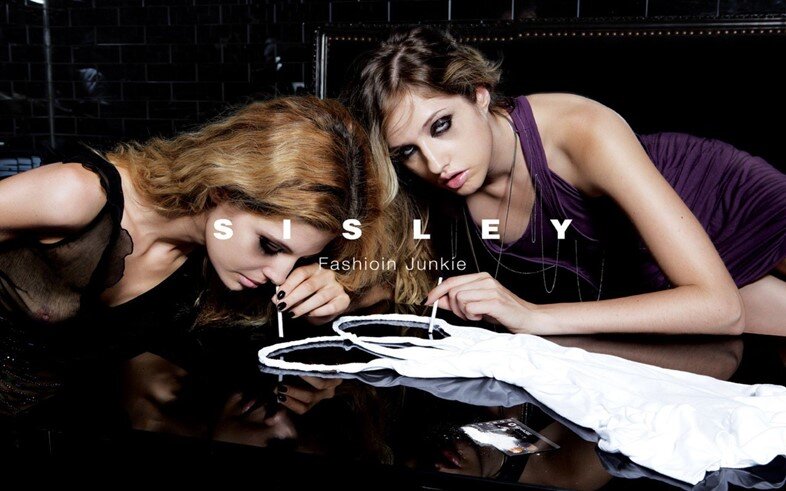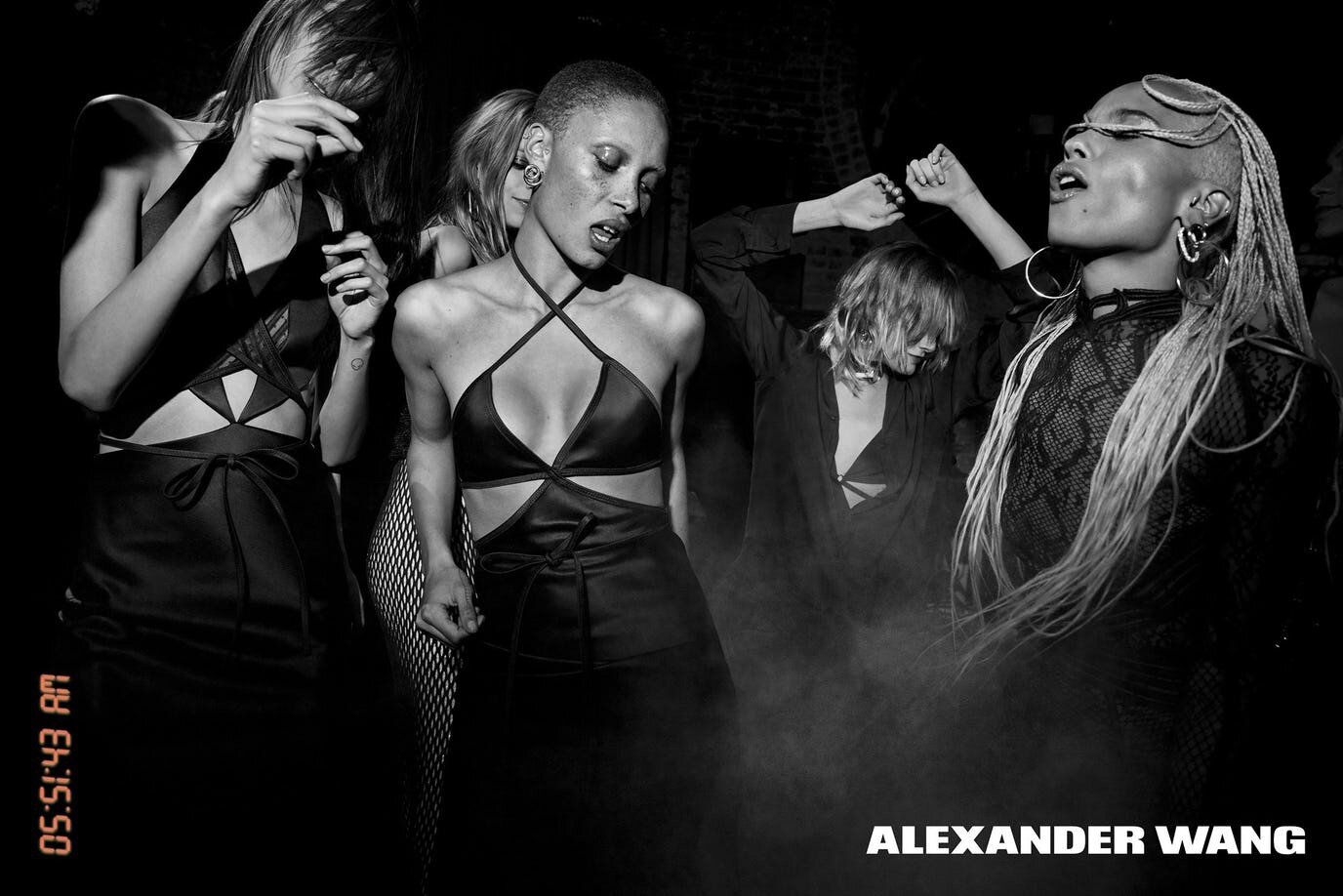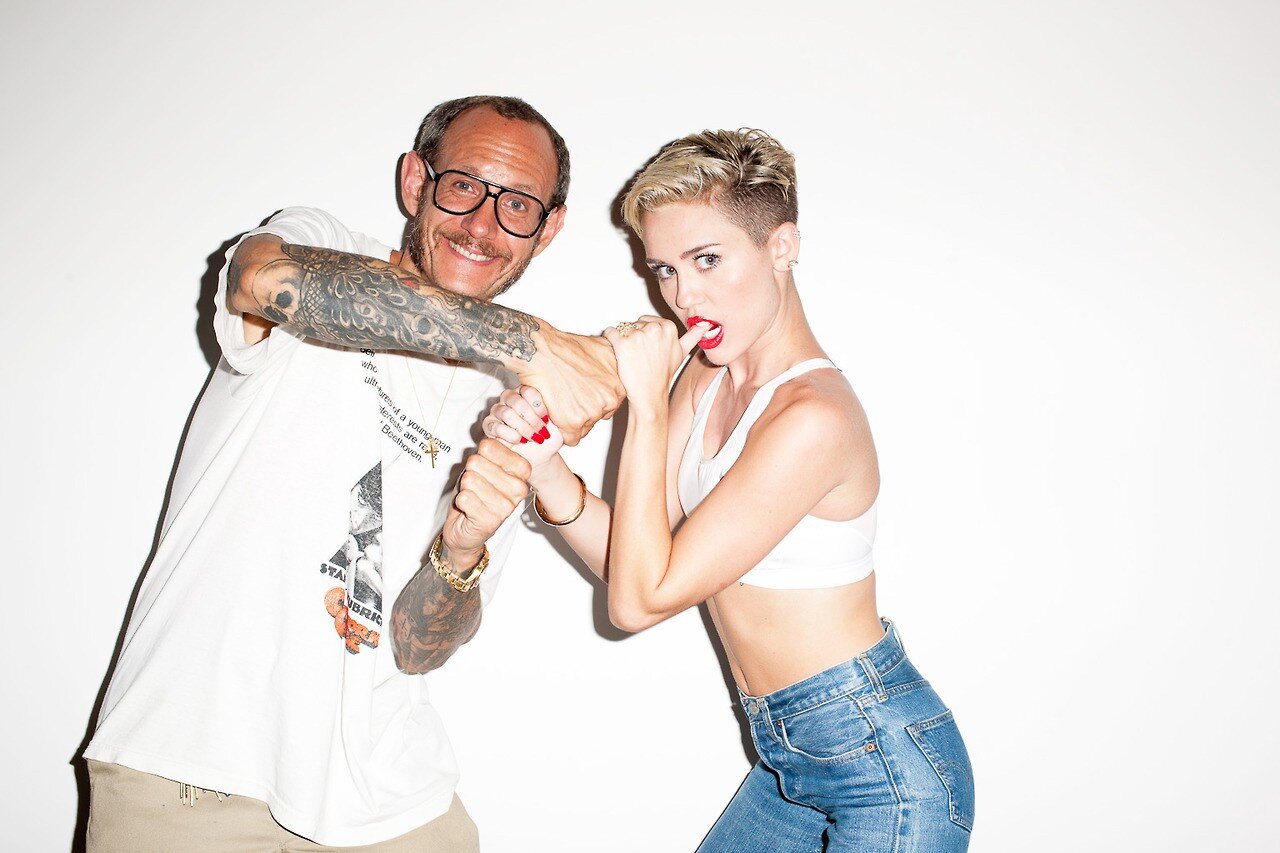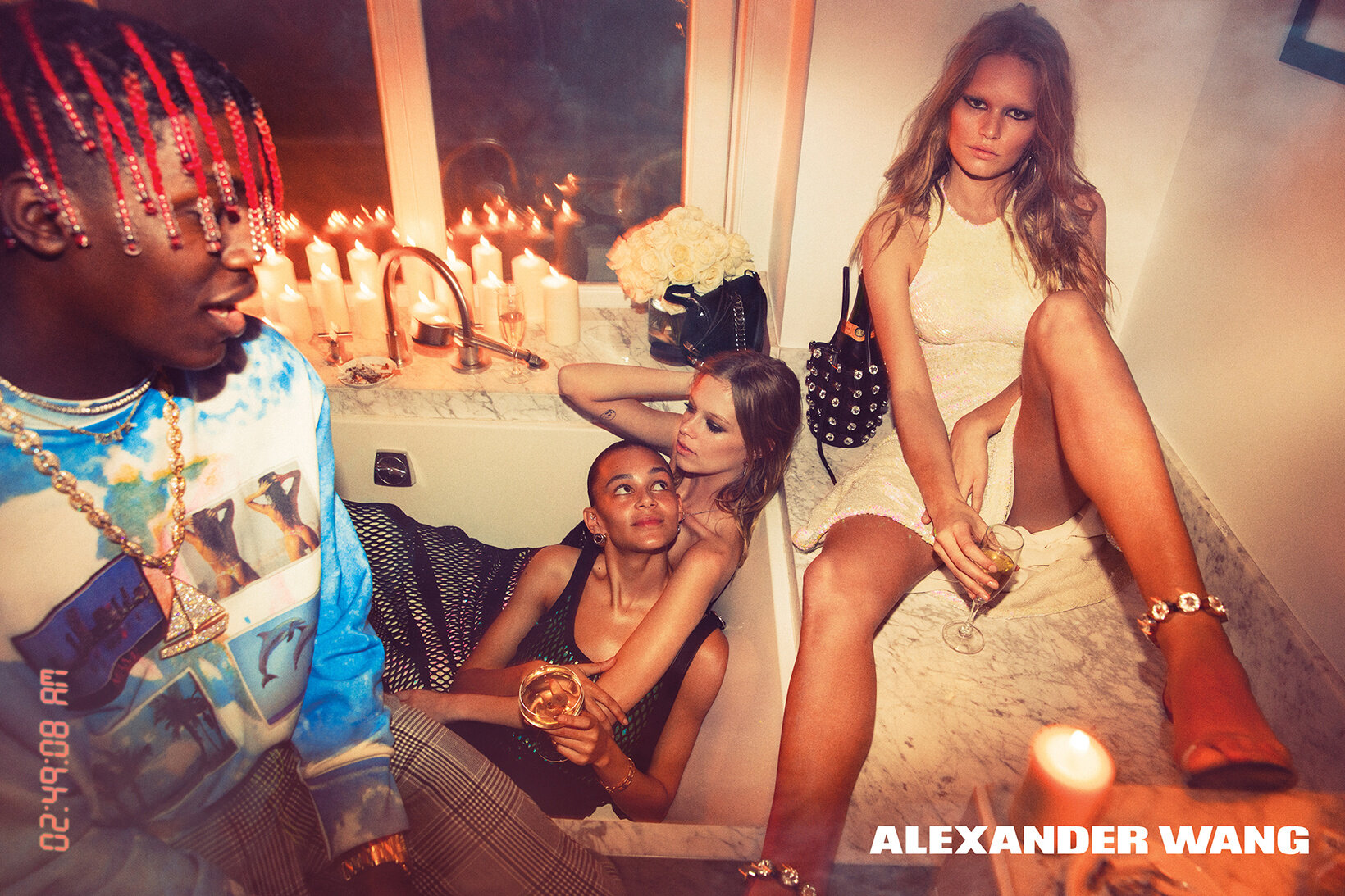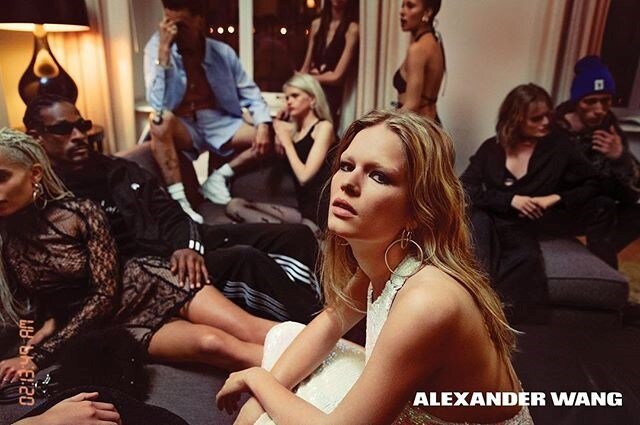Wangover: Are fashion’s party-hard aesthetics finally due for overhaul?
By Ryan Sng
Sisley’s 2007 ‘junkie’ ad campaign
Designer Alexander Wang is fashion’s latest high-profile figure — after photographers Bruce Weber and Mario Testino — to face a Me Too-era reckoning.
The writer’s first Google Image results for ‘Mario Testino’,
Wang allegedly drugged and/or coerced men into sex, as well as publicly groped transgender people with intent to humiliate them. He denies all allegations and threatens legal action against his accusers.
The cult Instagram accounts Shit Model Management and Diet Prada brought Wang’s assaults to broader attention in December. However online rumours date back several years, with the incidents in question stretching even further into the past.
In the aftermath, observers unearthed red flags aplenty. Old memes from Wang’s personal Instagram revealed a cavalier attitude towards spiking drinks and pressuring already-tipsy friends to incapacitate themselves. His brand’s 2017 campaign starring pedophile R. Kelly received renewed criticism. And a 2016 Vanity Fair video in which singer Florence Welch and socialite Derek Blasberg reference Wang’s intoxication-enabling behaviour signaled partial awareness of his tendencies in celebrity circles.
Mario Testino cultivated a reputation as a whisperer of the untouchable A-list. Bruce Weber’s style was predicated on ‘clean-cut’, vaguely eroticised Americana. Sexual predation clashed with their wholesome images, flanked by the Cambridges and an army of golden retrievers respectively.
Blackout drunkenness and dubiously consensual sex, however, is plausibly on-brand for Wang. After all, he embraced hard partying to the point of selling Wangover — like hangover — emblazoned merchandise. The phrase is now ironically reframed on social media as Wangover: but ‘over’ as in ‘cancelled’ this time.
In this, Wang has more in common with Terry Richardson, the sleazy photographer who weathered decades of publicised sexual assault allegations largely unscathed. One wonders if their elevation of hard-partying into an aesthetic helped to mask or minimise their wrongdoing.
Left to right: Alexander Wang’s spring 2017 ad campaign; the writer’s first Google Images result for ‘Terry Richardson’, from a 2015 shoot with Miley Cyrus for CANDY.
These days, uncritical admiration of Colonial iconography is understood to be problematic. Is it time for a similar reappraisal of the hard-partying fashion subgenre?
Fashion didn’t always fetishise underaged-looking, glassy-eyed nocturnal animals. During the amphetamine-fueled Mod era, the industry’s gaze shifted from austere grandes dames towards youth and fast-paced party culture.
From sexual revolution to AIDS crisis and beyond, the look of party fashion evolved while retaining the central aspirations of expressive and sexual freedom. But fantasy and reality aren’t always a perfect fit.
Nightspots have never been equality zones. Thinness, whiteness, conventional beauty, and wealth remain powerful forms of currency. The last, in particular, is often weaponised against the others.
Powerful individuals like Elite Model Management founder John Casablancas and Alexander Wang strategically establish coteries of glamorous, big-name models. Young, hungry — read: vulnerable — newcomers circle these cliques, enticed by free recreational drugs, alcohol, and vicarious access to influence.
Most remain, as plenty of models who are not Gigi Hadid or Kendall Jenner discover, disposable by design. They are exploited, marginalised, then mocked for their perceived failure to ‘break through’. While a majority of social media commenters are sympathetic, there has been a backlash against Wang’s accusers, who are in turn accused of clout-chasing or resenting their comparative lack of success.
Victim-blaming is always heightened when alcohol, party drugs, and nightlife are involved. Many presume that sexual violence is the logical end result of impaired judgement. That doesn’t square, however, with fashion and pop culture imagery à la Wang, in which intoxication and substance-fueled hookups are risk-free, horizon-expanding rites of passage.
Alexander Wang’s Spring Summer 2017 Ad Campaign
This cognitive dissonance remains under-examined by the fashion industry, and in light of Wang’s fall from grace, perhaps a challenge is due to the long-held concept of dancefloor as utopic safe space. It is not, nor has it ever been, a refuge from wider issues like sexual exploitation or transphobia. With inhibitions lowered and critical thought suspended, the dancefloor is instead a nexus for them, turned all the way up like the dials of a DJ mixer.
___
Ryan is a fashion commentator and critic, to read more of her published works visit her Medium page or follow her on Instagram.

